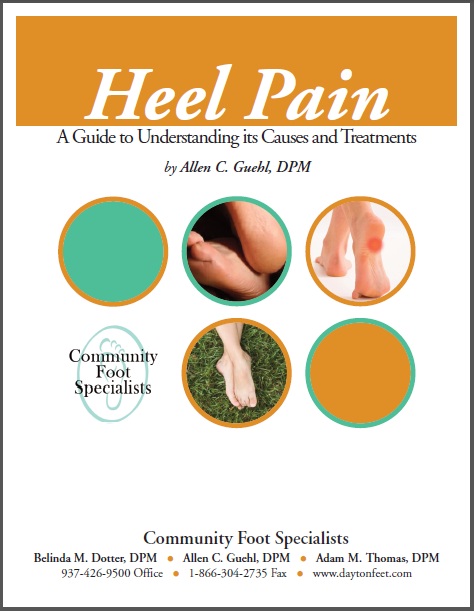Infections of the foot and ankle
Infections of the foot and ankle can lead to very serious, life threatening conditions, especially if you are diabetic or have periperhal vascular disease (PVD). In healthy patients, without the aforementioned conditions, foot infections are typically the cause of a traumatic event. The exception to this is fungal infections (ie athlete's foot or onychomycosis). Fungus is a micorbe, in and of itself, so please view the page for Fungal infections. However, the majority of the patients who experience infections of the foot have compromised health, diabetes or PVD.
Diabetic Foot Infections:
Diabetic foot infections are a complicated condition. The infection itself is typically comprised of a number of different bacteria making it difficult to treat just with the use of antibiotics. The combination of diabetic peripheral neuropathy and compromised vascularity put these patients at great risk of further complications, such as ulcerations, infection traveling to the bone (osteomyelitis) and amputation (as well as the morbidity that is associated with amputation). Diabetics with infections of the foot or ankle require immediate medical attention, and in some cases require hospitalization.
Ingrown Nail Infections:
Other than diabetic foot infections, infections due to an ingrown nail are the most common infections that we see at Community Foot Specialists. As an ingrown nail continues to grow, it can break the skin creating an avenue for infection to enter the wound. In many cases when treated promptly, these infections can be cleared up with an antibiotic and removal of the intruding nail border. If left untreated overtime, these infections can become very difficult to treat with simple antibiotics. Staph infections (MRSA) and other dangerous bacteria can infect the wound. We often see teenagers, who try to cut the nail out themselves and do not seek immediate treatment, allow these infections to progress to dangerous extremes including the possibility of bone involvment (Osteomyelitis). In any case that an ingrown nail breaks the skin, you should see your podiatrist.
Treatments:
These are just the two most common causes that we see for infections of the foot. There are numerous other causes with numerous different microorganisms. In treating serious infections, especially in diabetics, we believe in a team approach to eradicating the infection and ensuring that the underlying causes are accounted for and treated. We will involve the primary care physician and a wound treatment center if needed to provide a comprehensive treatment.



















